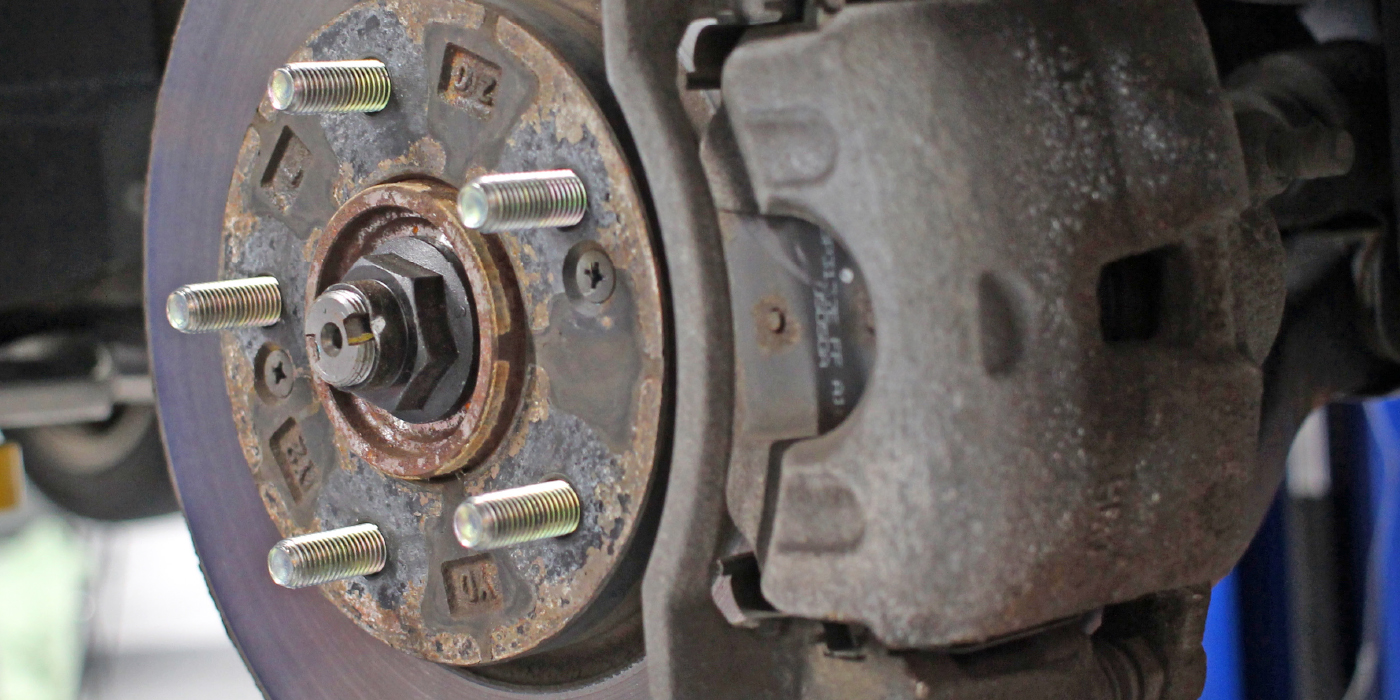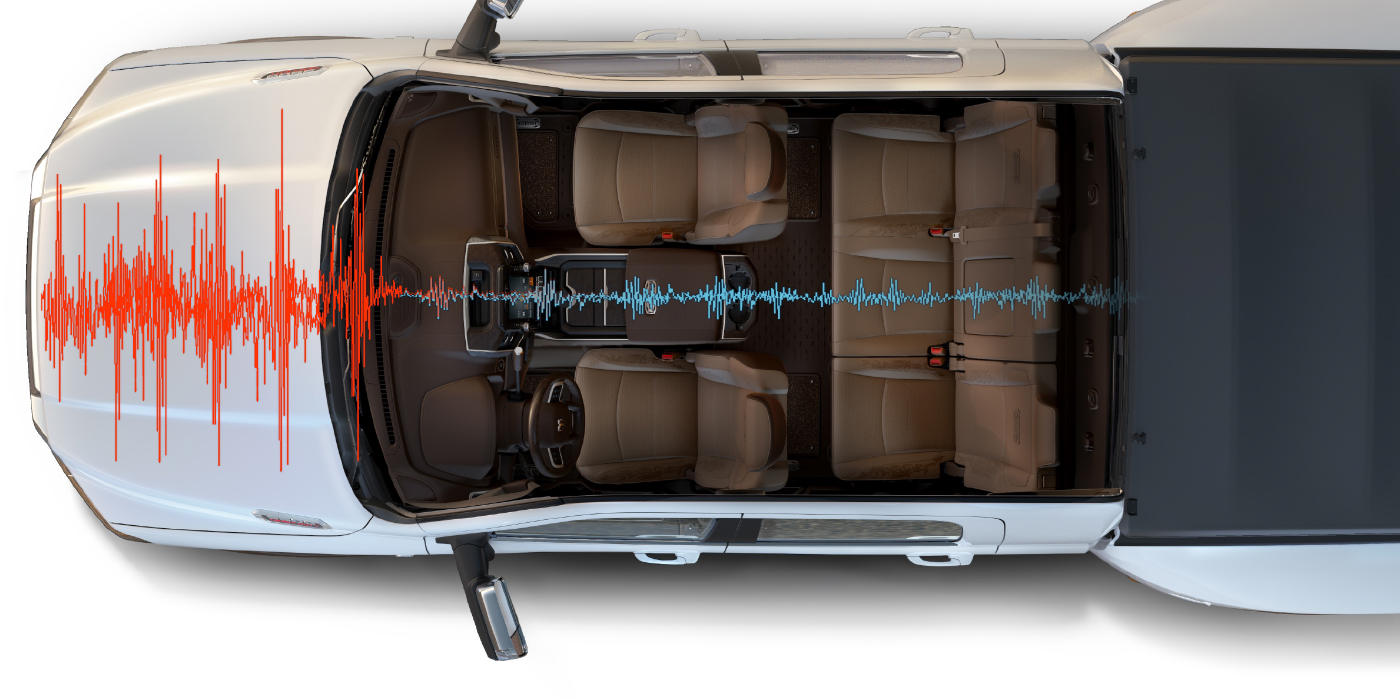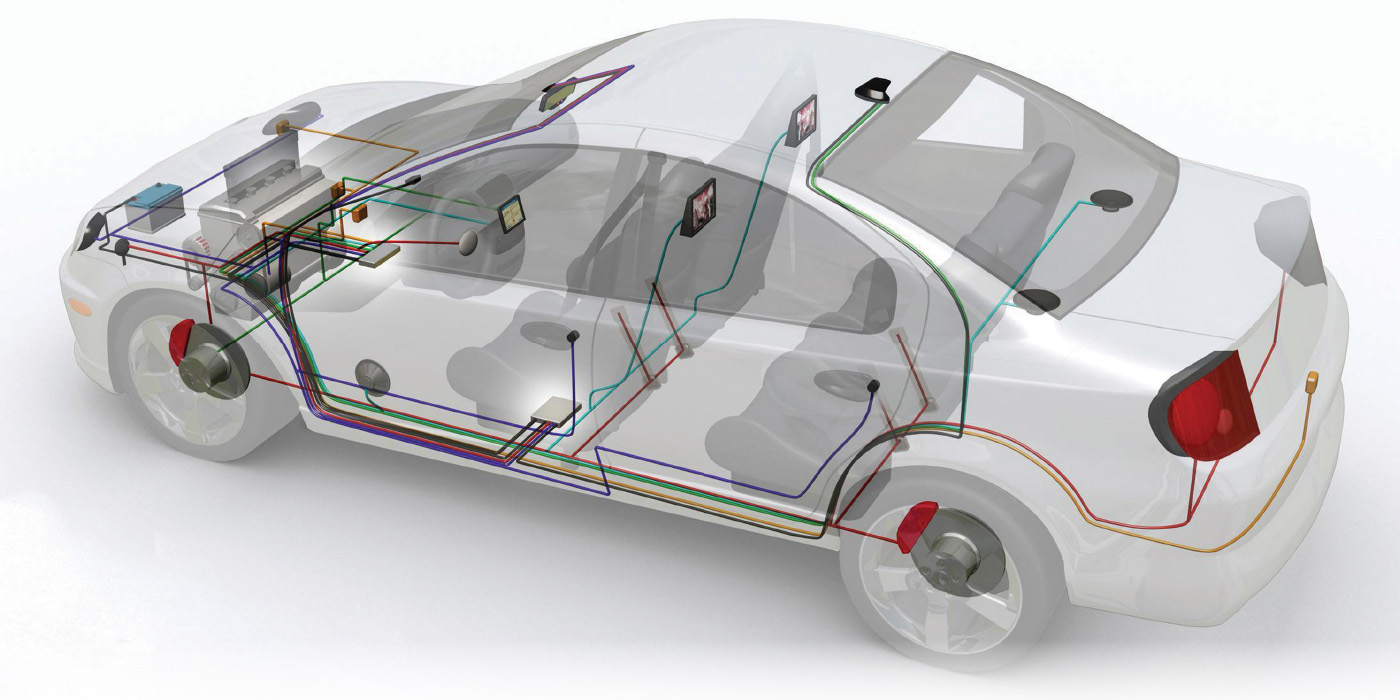No Longer A ‘Generic’ Service; Variety of Blends
Required To Meet Today’s Engine Requirements
Years ago, an import shop could consider its shelves well-stocked if it contained a selection of single-viscosity oils in detergent or non-detergent blends. Today, a shop owner is confronted with stocking a variety of multi-viscosity oils, including 0w-20, 0w-40, 5w-20, 5w-30, 10w-30, 10w-40, 15w-40 and 20w-50, not to mention stocking some of these viscosities in synthetic and non-synthetic bases. Although the number of oil viscosities currently available is bewildering, it’s also important to remember that the most important factor in selecting motor oil for specific applications is the quality of the oil’s base stock and its particular blend of additives.
With that in mind, it’s also important to remember that motor oil must efficiently perform at least six different jobs in the engine’s crankcase. It must, for example: 1) reduce friction between moving parts, 2) seal piston rings against the cylinder wall, 3) cool pistons and engine bearings, 4) cushion bearings against shock loading, 5) clean sludge and varnish from engine parts, and 6) prevent corrosion while an engine is parked or in storage. In addition, application-specific oils might, for example, be formulated to prevent piston rings from sticking or the camshaft from scuffing in particular applications.
MODERN ENGINE LUBRICATION
Before we begin to understand the need for so many different engine oils, it’s necessary to understand the lubrication requirements of modern engine design. The primary difference between a modern engine and one of two or three decades ago are greatly reduced oil clearances in bearings, pistons and piston rings, more precise machining and higher power output per liter of displacement.
Because modern engines depend upon three-way catalytic converters to reduce exhaust emissions, it’s particularly important to prevent oil, oil ash and oil additives from entering the exhaust stream and contaminating the converter. To reduce oil consumption, engine manufacturers have greatly reduced piston, crankshaft and valve guide clearances. They’ve done this, for example, by using hypereutectic materials in some piston designs; precision-boring and honing of cylinder walls; micro-polishing of crankshaft journals; and using more durable materials in valve guides and valve guide seals.
In all cases, oil viscosities have been reduced to flow through tighter engine clearances during start-up and cold-engine operation. Other, less visible issues also affect how oil is formulated. Engines with hydraulic lifters, hydraulic timing chain tensioners, and variable camshaft timing, for example, require anti-foaming agents to prevent the oil from retaining air bubbles that reduce the efficiency of these mechanisms.
Because overall volumetric efficiency has been vastly improved during the past several decades, engines are designed to operate at crankshaft speeds and bearing loads unheard of a decade ago. Unfortunately, many of the additives used a decade ago to increase the load-bearing, anti-scuff and anti-shearing capabilities of conventional motor oils have been reduced or eliminated from oil formulations to prevent damage to the catalytic converter. Modern overhead-camshaft engines don’t, however, require as much anti-scuff and anti-shear qualities in motor oil to reduce camshaft wear as do older pushrod engines. In addition, the oil change intervals of modern engines have doubled or tripled in length, so modern motor oil is required to have a longer-lasting additive package than ever before. Without adequate additives, conventional oils tend to oxidize and lose their detergency long before the oil change interval expires. The result is the oil gelling from oxidation or a heavy coating of sludge being deposited in the valve train and crankcase areas.
ENGINE OIL RATINGS
Two major institutions rating oil quality are the American Petroleum Institute (API) and the International Lubricant Standardization and Approval Committee (ILSAC), both of which are recognized by government agencies, oil companies and auto manufacturers. API uses a two-letter system, “S” and “C,” to rate oils. The “S” rating is generally reserved for gasoline engines used in cars and light-duty trucks, while the “C” rating is reserved for heavy-duty diesel engines used in commercial vehicles. The next letter in the API system is an approval rating pertaining to specific applications.
ILSAC uses a similar system, with “GF” indicating “gasoline-fueled” and a number indicating a qualitative or application rating.
Although most auto manufacturers specify oils using the API or ILSAC ratings, some manufacturers have designed engines with special lubrication requirements. Many European manufacturers, for example, issue their own motor oil specifications and either supply their own oil or approve oils that meet those specifications. In general, if an oil is approved to meet a special lubrication requirement, that approval will be listed on the container along with the API and ILSAC ratings.
When examining oil ratings, it’s important to understand that many apparently lower-viscosity oils, such as 0w-20 synthetic oils, might actually maintain their viscosity over a much broader temperature range than, for example, a “heavier,” non-synthetic 5w-30 oil. In addition, lighter oil viscosities increase power output and fuel economy, which is a plus for today’s fuel-sensitive markets.
At the other extreme, the 10w-30 and 10w-40 motor oils specified for use in engines built 20 years ago simply can’t stand up to modern usage because they no longer have the base stocks nor the additive packages to perform well in a modern engine. Does this mean that those oils are inferior? Of course not, because these oils serve very well in the engines for which they were designed.
MAINTENANCE ISSUES
Although it’s impossible to “X-ray” an engine to determine if any potential lubrication issues are present, several indicators can tell a technician how well the engine has been cared for in the past. To illustrate, if the oil filter looks old or dirty, or if a sludge accumulation is visible inside the engine when the oil cap is removed, the engine might be suffering from lubrication issues.
As a natural consequence of combustion, engine oil acquires a translucent tan or brown color if the vehicle is driven at highway speeds. Blackened oil suggests that the engine has been driven on short trips where combustion of the fuel is incomplete due to cold engine operation. A dark, ink-black appearance on the dipstick suggests that an over-rich fuel control condition is depositing carbon in the oil.
If an engine is heavily sludged, using a flushing agent or solvent to clean the engine might, in fact, starve the engine for oil by allowing the dislodged sludge deposits to clog the oil pump pickup screen. Most import, manufacturers don’t recommend attempting to flush sludge deposits from an engine for this reason and also because some of the flushing agent might remain in the engine to contaminate the new oil. In most cases, more frequent oil changes are the only economically viable answer to a sludged engine. Even at that, the customer must be forewarned that catastrophic engine failure is an imminent possibility.
LUBE BAY ISSUES
Obviously, the days of “generic” oil designed to fit all applications are gone. General repair shops should be prepared to special-order oils required by specific engine manufacturers. Import specialists should also make sure that the aftermarket oil they’re installing in various nameplate applications meets the auto manufacturers oil specifications. In some cases, an original equipment (OE) supplied oil must be used to ensure that the manufacturer’s warranty conditions are being met. The owner’s manual is usually the most reliable source for determining engine oil requirements.
Customer education is also a major factor affecting today’s lube bay operations. In too many instances, import owners are attracted by the bottom-dollar, generic, “lube-oil-filter” specials that some shops advertise to attract new customers. If an owner has an import requiring, let’s say, six quarts of premium synthetic oil, the cost of that oil change could well be triple that of a coupon special advertised by competing shops.
Because an oil change is no longer a generic service, service writers and advisors must explain in advance the lubrication and maintenance requirements of the vehicle driven by the customer. In the same breath, it’s also important for the service writer to record the vehicle’s mileage and suggest that the inspections and maintenances specified by the auto manufacturers’ scheduled maintenance chart be performed.




